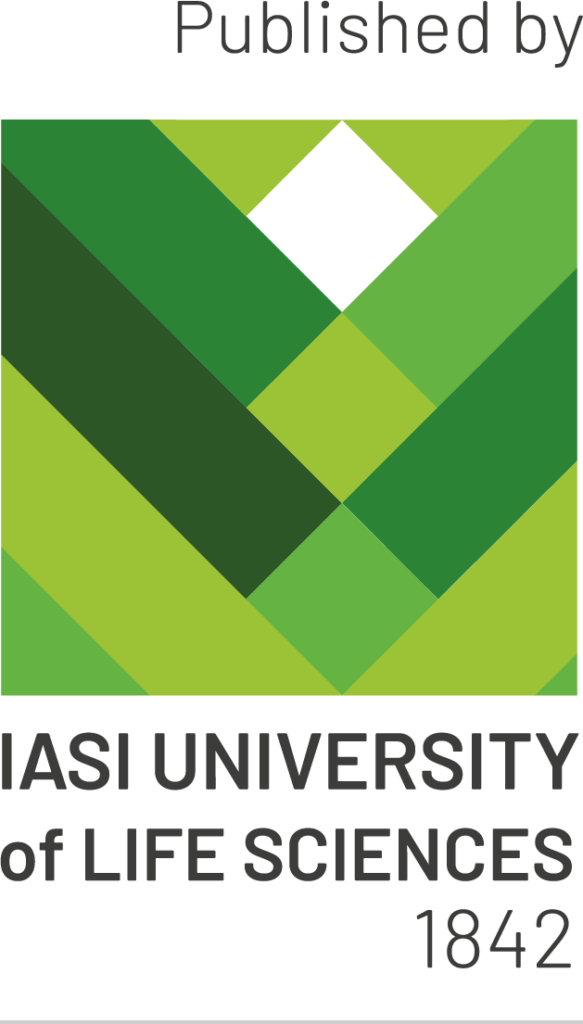S.A. Tabatabaei, O. Ansari
ABSTRACT. Seed priming methods have been used to increase germination and seedling establishment under different abiotic stress conditions. Seed priming was used in barley to increase seed germination and tolerance on stress exposure. Barley seeds were treated with various priming agents for different time and temperatures. The effect of priming was assessed on germination characteristics on subsequent exposure to drought (PEG-12 bar) stress for 7 days. Seed priming treatments significantly (p≤ 0.01) affected germination percentage (GP), normality seedling percentage (NSP), germination Index (GI), germination uniformity (GU), means time to germination (MTG), coefficient of velocity of germination (CVG), seedling vigor index (SVI) and coefficient of allometry (AC). Seed priming with gibberelic acid (GA), salicylic acid (SA), ascorbic acid (ASc), hydropriming (HP), osmopriming (OP) and combined treatments (CT) significantly (p≤ 0.01) increased germination characteristics, compared to the unprimed. Seed priming with concentrations 25, 50 ppm of GA for 15 h at 10°C, 25 ppm of SA for 12 h at 10°C, 50 ppm of ASc for 12 h at 15°C, treatment 16 h hydropriming at 10°C and -15 bar PEG for 24 h for osmopriming maybe considered as optimal treatment for priming of barley seeds in drought stress conditions. In some cases, combined treatments are better than the separate treatments. Seed priming with PEG (potential -l5 bar PEG for 24 h at 10°C) was more effective in drought stress than the other treatments.
Keywords: seed priming; Hordeum vulgare L.; drought stress.



